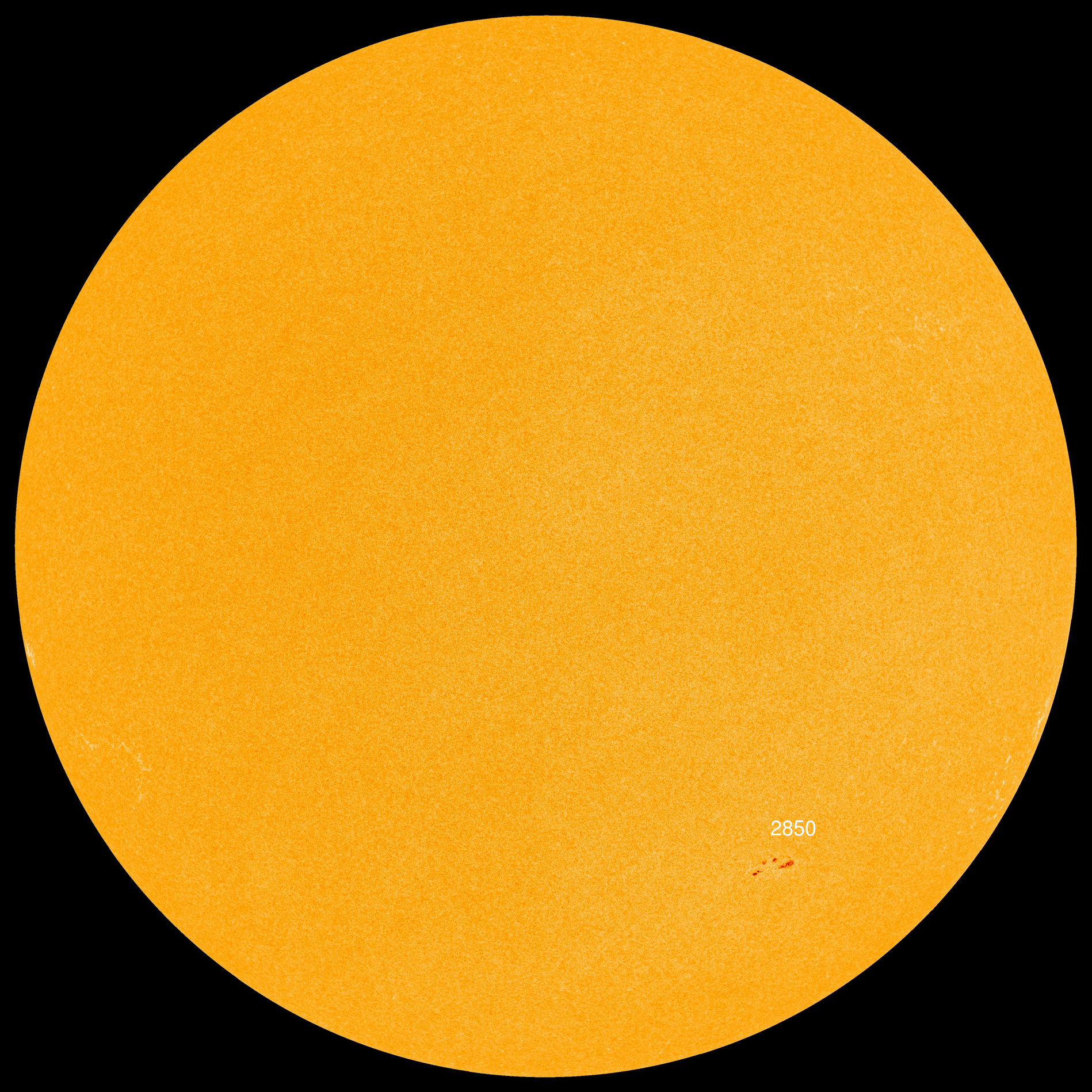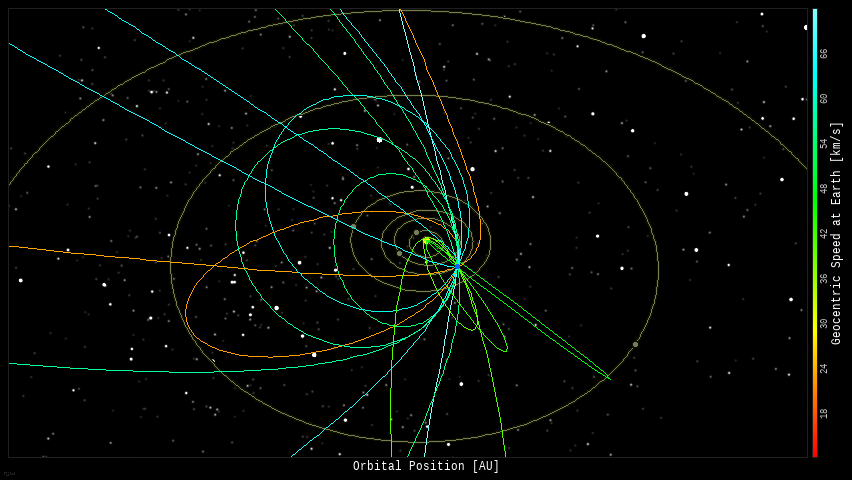What in Astronomy Makes you say WOW‽
Yesterday, I gave a presentation by this name to Michigan’s Warren Astronomical Society; I covered many of the topics that I and fellow astronomers have said WOW to, or heard members of the public say WOW to. 84 slides in about 20 minutes – this could easily have been a full hour-long presentation!
David H Levy said during the meeting that he was REALLY looking forward to my presentation when he heard it announced by the W.A.S. – THAT was a WOW moment for me! I was completely flattered!

Venus and Mars appear low above the western horizon before sunset – Mars getting more difficult to see each evening.

Jupiter and Saturn are an all-night treat for observers.



The waning crescent Moon makes a temporary asterism with the stars Aldebaran and Betelgeuse in the eastern sky before sunrise on August 4th

The waning crescent Moon appears near the star Pollux in the north-northeastern sky before sunrise on August 6th.


- The Moon is a Waning Crescent – visible low to the east before sunrise.
- The New Moon occurs on August 8th.
- On August 9th, the Moon will be a Waxing Crescent – visible toward the southwest in early evening.

If you click on the Moon image above, or click this link, you will go to NASA’s Moon Phase and Libration, 2021 page – it will show you what the Moon looks like right now. If you click the image on that page, you will download a high-rez TIFF image annotated with the names of prominent features – helpful for logging your lunar observations!
Moon News:

The Sun has one pretty large spot! SpaceWeather.com says “New sunspot AR2850 is growing rapidly, but not yet flaring.”

You can view the Sun in near real-time, in multiple frequencies here: SDO-The Sun Now.
You can create your own time-lapse movies of the Sun here: AIA/HMI Browse Data.
You can browse all the SDO images of the Sun from 2010 to the present here: Browse SDO archive.
Amateur Solar Astrophotography

Solar Corona
Solar wind speed is 328.9 km/sec ▲ with a density of 4.8 protons/cm3 ▼ at 1500 UT.
Click here to see a near real-time animation of the corona and solar wind from the Solar & Heliospheric Observatory (SOHO).
Sun News:

- Near-Earth Objects (NEOs) discovered this month: 0, this year: 1553 (+16), all time: 26,355 (+16)
- Potentially hazardous asteroids: 2196 (updated 2021-07-27)
- Total Minor Planets discovered (NASA): 1,110,876 (+8,337)
- Total Minor Planets discovered (MPC): 1,086,655 (updated 2021-06-22)
Upcoming Earth-asteroid encounters:
| Asteroid | Date(UT) | Miss Distance | Velocity (km/s) | Diameter (m) |
| 2020 PN1 | 2021-Aug-03 | 9.6 LD | 4.6 | 30 |
| 2021 NL4 | 2021-Aug-03 | 12.8 LD | 10.1 | 69 |
| 2020 PP1 | 2021-Aug-03 | 13 LD | 3.6 | 16 |
| 2021 OB1 | 2021-Aug-04 | 10.2 LD | 10.3 | 26 |
| 2021 OA1 | 2021-Aug-05 | 19.1 LD | 6.5 | 44 |
| 2012 BA35 | 2021-Aug-11 | 6.9 LD | 4.2 | 64 |
| 2016 BQ | 2021-Aug-14 | 4.4 LD | 4.7 | 16 |
| 2016 AJ193 | 2021-Aug-21 | 8.9 LD | 26.2 | 655 |
| 2019 UD4 | 2021-Aug-22 | 14.2 LD | 5.5 | 86 |
| 2020 BC16 | 2021-Aug-24 | 15 LD | 6.7 | 34 |
| 2011 UC292 | 2021-Aug-24 | 9 LD | 8.5 | 98 |
| 2021 NS8 | 2021-Aug-25 | 18.4 LD | 4.2 | 37 |
| 2017 RK15 | 2021-Aug-29 | 13.3 LD | 11.6 | 26 |
| 2015 SW6 | 2021-Sep-05 | 15.9 LD | 9.9 | 45 |
| 2010 RJ53 | 2021-Sep-09 | 9.6 LD | 19.3 | 56 |
| 2020 KR2 | 2021-Sep-10 | 14.2 LD | 5.1 | 17 |
| 2017 SL16 | 2021-Sep-20 | 12.8 LD | 6.1 | 23 |
| 2021 NY1 | 2021-Sep-22 | 3.9 LD | 9.4 | 172 |
| 2019 SF6 | 2021-Sep-26 | 16.4 LD | 8.6 | 20 |
Asteroid News:

On August 2, 2021, the NASA All Sky Fireball Network reported 43 fireballs! WOW!
(37 sporadics, 3 Perseids, 1 alpha Capricornids, 1 southern Delta Aquarid, 1 Piscis Austrinid)

Fireball News:
If you see a bright meteor or a fireball, please REPORT IT to the American Meteor Society and the International Meteor Organization!

Position of the planets & several spacecraft in the inner solar system on August 3rd – the orbit of the OSIRIS-REx asteroid sample return spacecraft is highlighted:

Position of the planets in the middle solar system:

Position of the planets in the outer solar system– the trails of Voyager 2 and the New Horizons missions are highlighted:

Solar System News:

See a list of current NASA missions here: https://www.jpl.nasa.gov/missions?mission_status=current

ex·o·plan·et /ˈeksōˌplanət/, noun: a planet orbiting a star other than the Sun.
Data from the NASA Exoplanet Archive
* Confirmed Planets Discovered by TESS refers to the number planets that have been published in the refereed astronomical literature.
* TESS Project Candidates refers to the total number of transit-like events that appear to be astrophysical in origin, including false positives as identified by the TESS Project.
* TESS Project Candidates Yet To Be Confirmed refers to the number of TESS Project Candidates that have not yet been dispositioned as a Confirmed Planet or False Positive.
Exoplanet News: Take kids coloring to out of this world places!


SpaceWeather.com Realtime Aurora Gallery: https://spaceweathergallery.com/aurora_gallery.html

Participate in the Globe at Night campaign
- Visit an International Dark Sky Park: https://www.darksky.org/our-work/conservation/idsp/parks/
- If you live in Michigan, visit the Michigan Dark Skies site: https://sites.lsa.umich.edu/darkskies/

Education and STEM
Hubble – Beautiful Universe: Hubble Ultra Deep Field

“The Hubble Ultra-Deep Field (HUDF) is an image of a small region of space in the constellation Fornax, containing an estimated 10,000 galaxies.
The original release was combined from Hubble Space Telescope data accumulated over a period from September 24, 2003, through to January 16, 2004. Looking back approximately 13 billion years (between 400 and 800 million years after the Big Bang), it has been used to search for galaxies that existed at that time.
The HUDF image was taken in a section of the sky with a low density of bright stars in the near-field, allowing much better viewing of dimmer, more distant objects. In August and September 2009, the HUDF field was observed at longer wavelengths (1.0 to 1.6 µm) using the infrared channel of the recently attached Wide Field Camera 3 (WFC3) instrument. When combined with existing HUDF data, astronomers were able to identify a new list of potentially very distant galaxies.” – Wikipedia
Just LOOK at all those galaxies! The Hubble Deep Field series of images is one I left out of my WOW! lecture, but it certainly deserves a mention… because WOW!
Stay safe, be well, and look up!
Software Apps used for this post:
NASA Eyes on the Solar System: an immersive 3D solar system and space mission simulator – free for the PC /MAC. I maintain the unofficial NASA Eyes Facebook page.
SpaceEngine: a free 3D Universe Simulator for Windows. Steam version with VR support available.
Stellarium: a free open source planetarium app for PC/MAC/Linux. It’s a great tool for planning observing sessions. A web-based version of Stellarium is also available.

